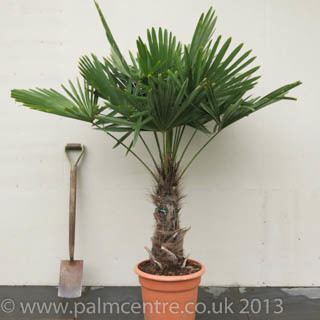Tribe Corypheae Higher classification Corypheae | Scientific name Trachycarpus Rank Genus | |
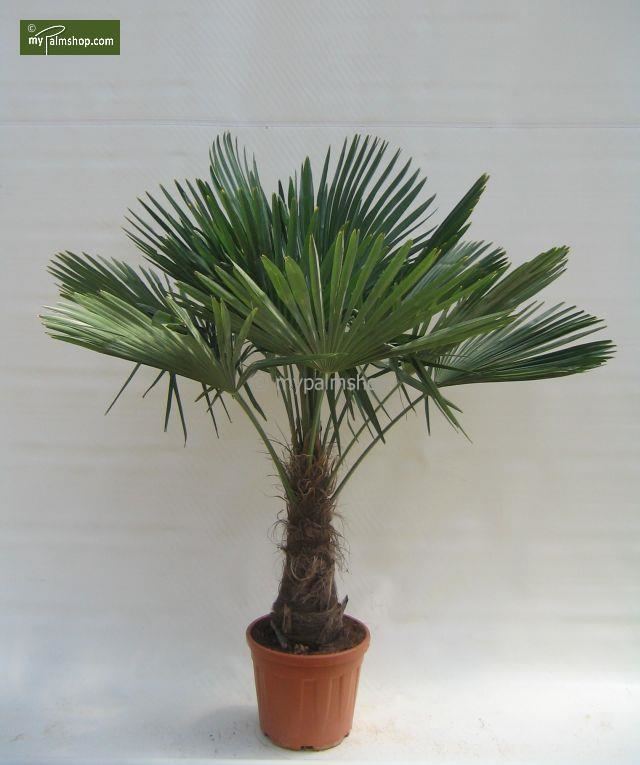 | ||
Lower classifications Trachycarpus fortunei, Trachycarpus princeps, Trachycarpus latisectus | ||
Trachycarpus fortunei chusan palm at big plant nursery in west sussex uk
Trachycarpus is a genus of nine species of palms native to Asia, from the Himalaya east to eastern China. They are fan palms (Arecaceae tribe Corypheae), with the leaves with a bare petiole terminating in a rounded fan of numerous leaflets. The leaf bases produce persistent fibres that often give the trunk a characteristic hairy appearance. All species are dioecious, with male and female flowers produced on separate plants although female plants will sometimes produce male flowers, allowing occasional self-pollination.
Contents
- Trachycarpus fortunei chusan palm at big plant nursery in west sussex uk
- Growing palm trees from seeds sowing windmill plam tree seeds trachycarpus fortunei
- Cultivation and uses
- References

Growing palm trees from seeds sowing windmill plam tree seeds trachycarpus fortunei
Cultivation and uses
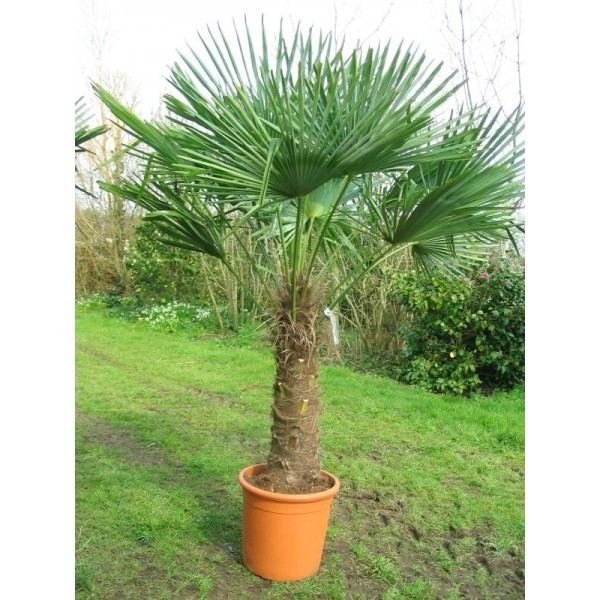
The most common species in cultivation is Trachycarpus fortunei (Chusan palm or windmill palm), which is, in cultivated range, the northernmost palm species in the world. There are several hardy Trachycarpus species that stay outdoors all year long with little to no protection at the New York Botanical Garden. The dwarf form popularly known as T. wagnerianus is unknown in the wild, and is now considered synonymous with T. fortunei. It resembles that species closely, differing only in its smaller and stiffer leaves. Hybrids between them are intermediate in size and fully fertile.
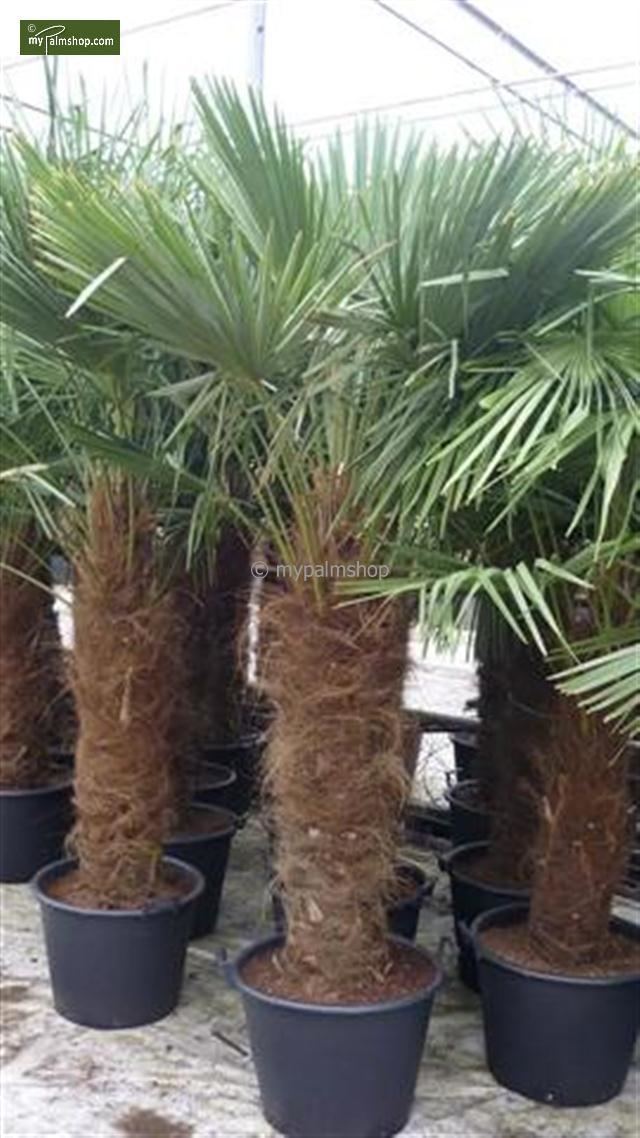
Trachycarpus takil (the Kumaon palm) is similar to T. fortunei; and probably even hardier. Other species less common in cultivation are T. geminisectus, T. princeps, T. latisectus, T. martianus, T. nanus and T. oreophilus. T. martianus and T. latisectus do not tolerate cold as well as T. fortunei or T. takil. T. geminisectus, T. princeps and T. oreophilus are still too rare and small in cultivation to assess their full potential.

The trunk fibres produced by the leaf sheaths of Trachycarpus fortunei are harvested in China and elsewhere to make coarse but very strong rope, brooms and brushes. This use gives rise to the old alternative name "hemp-palm". The fibrous leaf sheaths are also frequently used to clothe the stems of artificial palms.
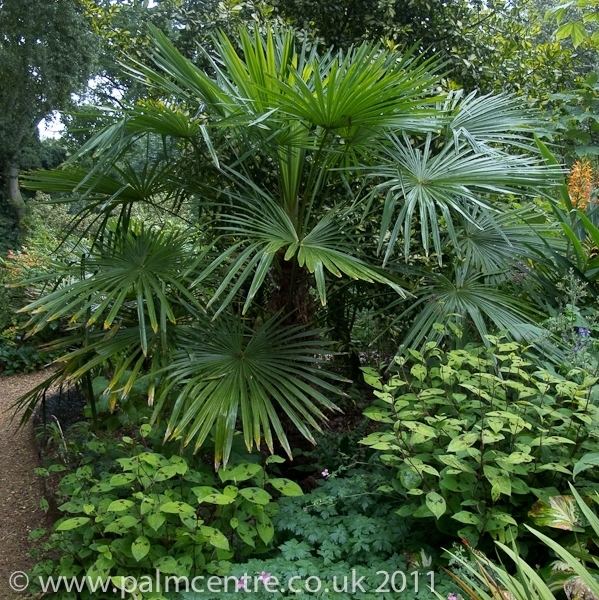
This genus is very popular among palm enthusiasts for its ability to withstand cold, especially in the form of damp, cool summer weather with relatively mild winter weather. These palms often tolerate snow in their native habitats and are the hardiest trunking palms.
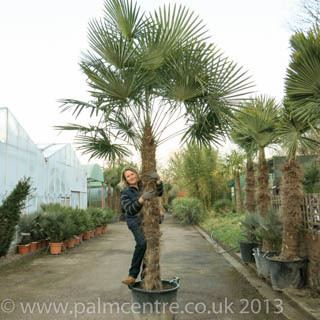
Trachycarpus species are used as food plants by the larvae of some Lepidoptera species including Paysandisia archon (recorded on T. fortunei).
